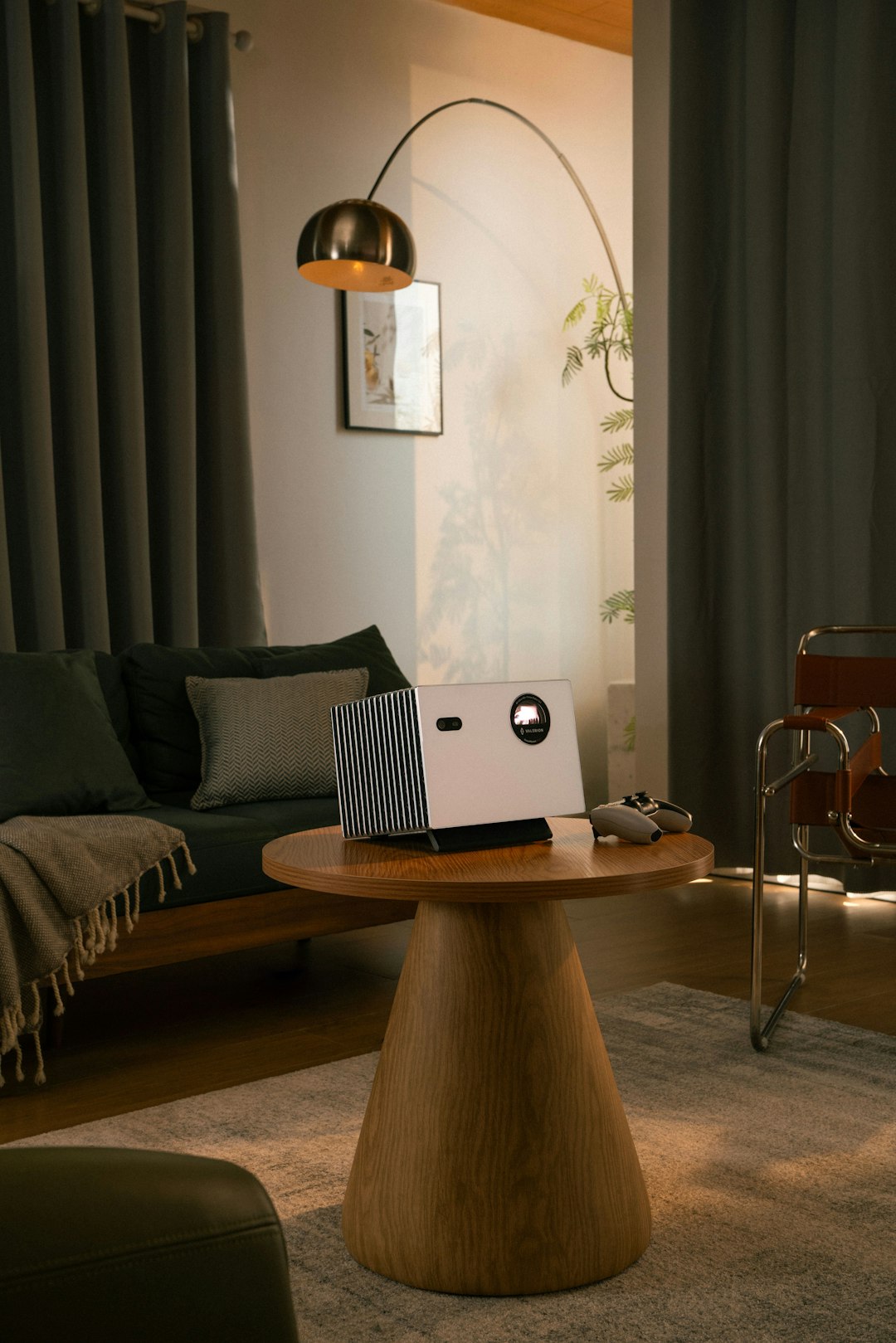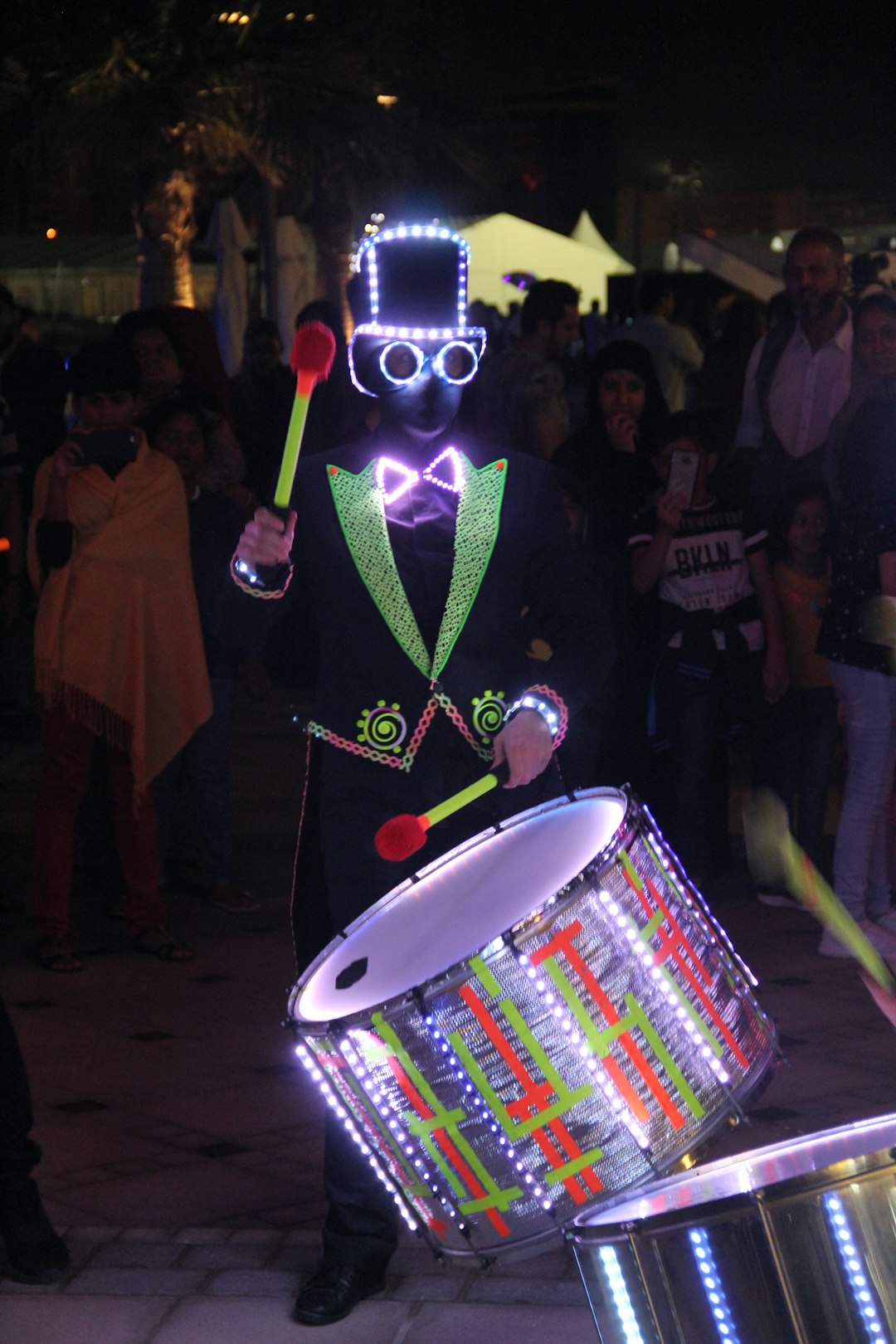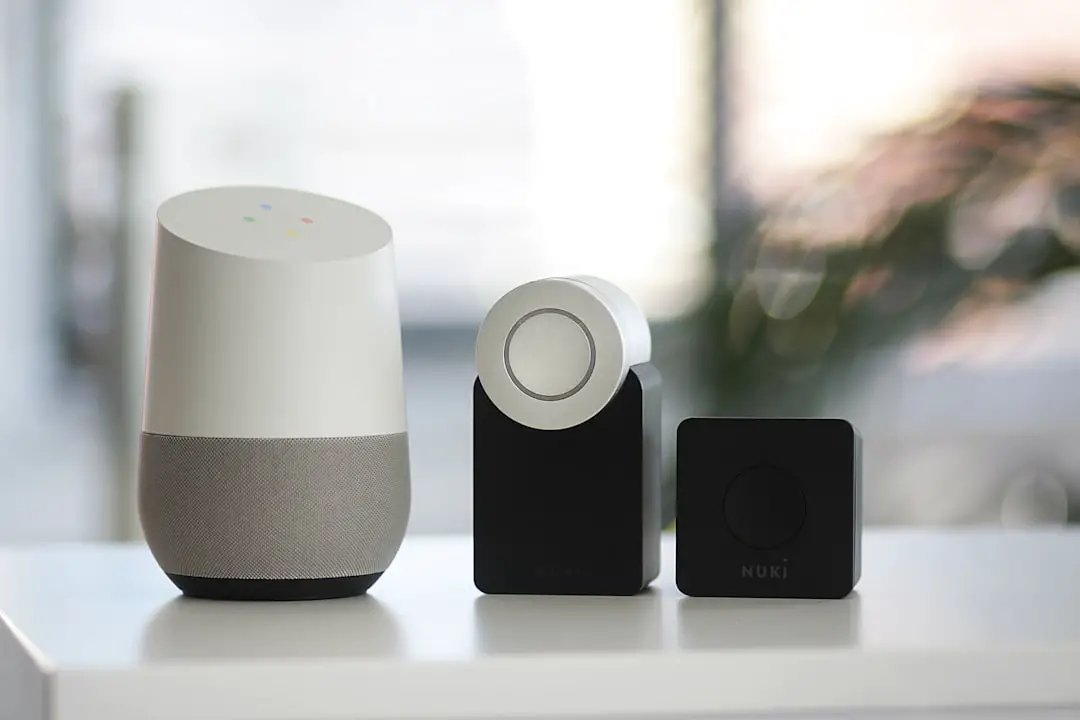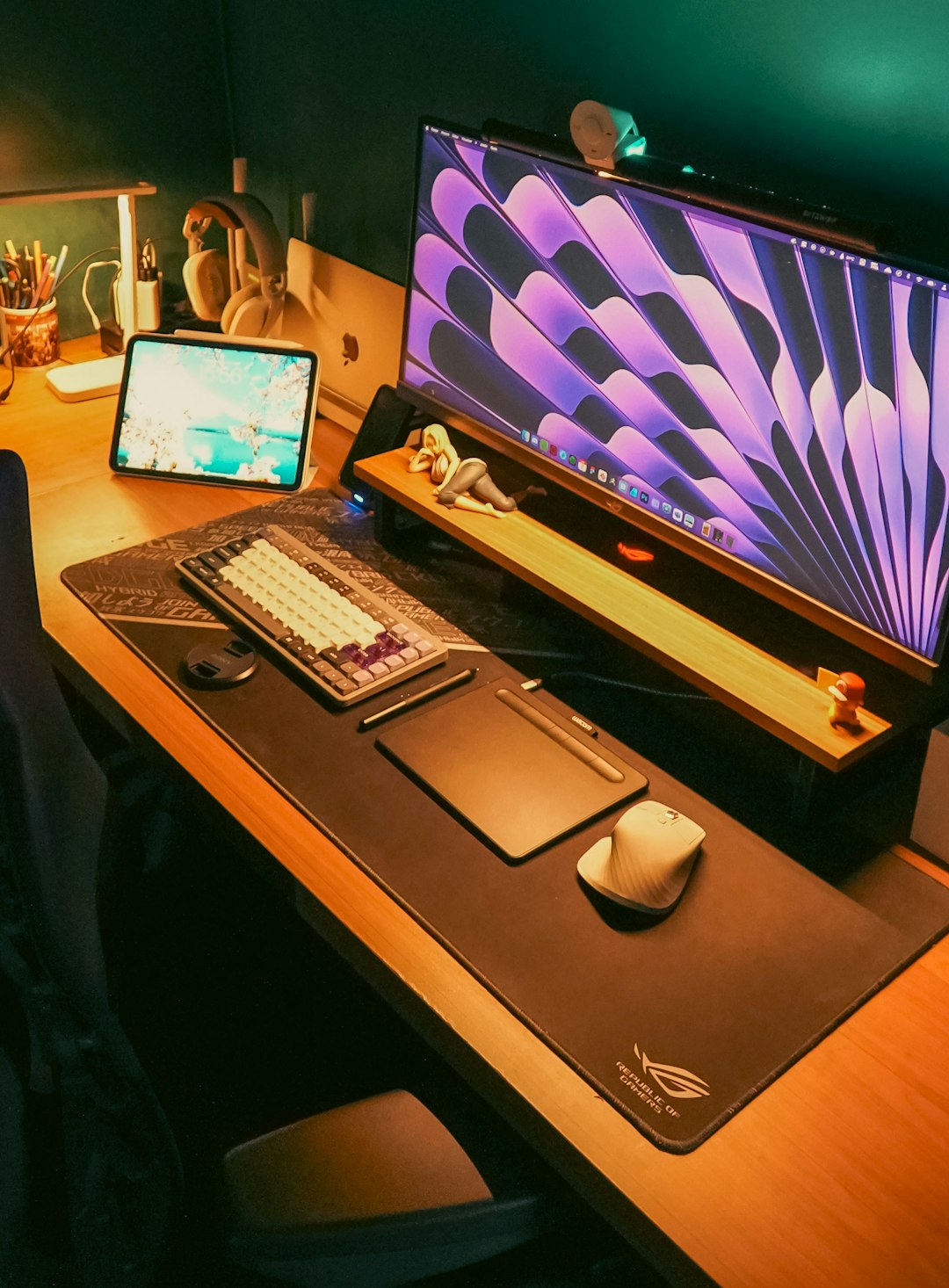In the early 2000s, as consumer robotics began to surge in popularity, companies around the world sought to merge artificial intelligence with home entertainment. One such embodiment of this trend was the development of MIURO (Music Innovation based on Utility and Robot Object), a revolutionary music-playing robot that aimed to change the way people experienced digital audio content in their homes. With sleek design, mobility, and integration with iPods and wireless systems, MIURO was hailed as a daring step toward interactive home devices. Today, looking back at MIURO and similar music robots offers profound insight into how design, technology, and consumer expectations have evolved.
The Rise of Consumer Robotics and the Birth of MIURO
During the first decade of the 21st century, products like Sony’s AIBO robot dog and iRobot’s Roomba demonstrated that robots could be more than just industrial tools—they could entertain, clean, and even form emotional connections with users. In this climate, ZMP Inc., a Tokyo-based robotics firm, unveiled MIURO in 2006. Partnering with Kenwood Corporation, the robotic device gained notoriety as the first commercially available mobile music player robot.
MIURO’s key features included:
- iPod docking and wireless audio streaming capabilities
- Mobility on two wheels, allowing it to roam freely around the house
- Sound recognition and remote control via WiFi and remote interface
- 360-degree sound through high-quality Kenwood audio technology
It could follow its user between rooms, navigate indoor spaces, and respond to basic commands, all while playing music with surprisingly rich sound quality for its size.

Aesthetic Appeal and Functional Design
One of MIURO’s standout attributes was its physical design: a compact, egg-shaped shell encasing speakers and mobility mechanisms — a visual and functional nod to minimalism and user-friendliness. At a time when most audio systems were stationary, this level of integration was both unique and imaginative.
The design breeds similarity to today’s popular home assistants, such as Amazon Echo and Google Nest, although MIURO went a step further by physically relocating itself and bringing sound with it. However, this innovation came at a cost. MIURO retailed for around $900—not a small price for a luxury gadget. This made it inaccessible for many potential buyers, limiting its market impact and commercial success.
Music Robots in Retrospect: Why MIURO Was Ahead of Its Time
MIURO wasn’t just a quirky music robot; it was a reflection of the ambitions and constraints of mid-2000s robotics. While its audio capabilities and limited autonomy were impressive, the broader ecosystem of smart homes had not yet matured enough to fully capitalize on its potential. Key limitations included:
- Lack of AI sophistication: MIURO’s pathfinding and user-detection functions were basic and often unreliable.
- Battery life: With just a few hours of play and mobility time, MIURO required frequent recharging, interrupting long listening sessions.
- Limited integration: Unlike today’s smart speakers, MIURO was designed with the iPod era in mind and struggled to adapt as streaming services became dominant.
Despite its shortcomings, MIURO laid foundational ideas for future devices. The combination of mobility, audio quality, and basic smart features carved a niche that other innovators would later revisit and refine.
Other Music-Driven Robot Concepts
MIURO was not alone in the idea of musical companion robots, although few others reached similar levels of production and distribution. In the wake of MIURO, several robots tried to bridge the music and robotics gap in different ways. Noteworthy mentions include:
- Panasonic’s Rolly – Introduced in 2007, this egg-shaped robot danced to music and was more focused on performance art than high-fidelity audio. It was a spectacle, though its practical application was limited.
- Sony’s Qrio prototypes – Intended as humanoid companions, some Qrios demonstrated impressive musical prowess, such as dancing or mimicking conductors during musical pieces. However, they never made it to market.
- Buddy and Jibo – Although not music-focused, these social robots incorporated audio capabilities and demonstrated how emotionally engaging interfaces could sync with multimedia functions.

Why MIURO Didn’t Survive—and What It Left Behind
MIURO’s production eventually concluded quietly, drowned out by shifts in both music consumption and smart home standards. A few reasons can be attributed to its fading into obscurity:
- Rapid change in digital music: The transition from iPods to fully cloud-based, app-driven music consumption made MIURO’s physical dock system obsolete.
- Costs of maintenance and upgrades: Without frequent updates or expansion capabilities, the MIURO fell behind newer, smarter devices.
- Consumer preference shifts: People began to prefer smaller, stationary, voice-controlled assistants like Amazon Alexa or Google Home over mobile robots.
Nevertheless, MIURO left behind something important: appreciation for the intersection of robotics and lifestyle enhancement. Though the execution may have lacked longevity, the vision was remarkably prescient. Concepts like mobility, interactivity, and modular entertainment devices became central themes in the evolution of home AI technology.
Lessons for Today’s Smart Device Developers
What can today’s engineers and designers learn from MIURO and similar devices?
- Anticipate technological trends: Building products around a rapidly evolving ecosystem (e.g., iPod-style docking) carries risk unless adaptability is baked into the system.
- Balance novelty with practicality: While a robot that plays music is fun, practicality in features—like voice assistance or streaming service integration—is vital for long-term use.
- Adaptable platforms: Devices that can evolve with software updates and hardware integrations maintain relevance longer.

Today’s landscape of smart speakers, wireless hubs, and AI-enabled robots owe some of their foundational motivations to early devices like MIURO, which dared to imagine a home where technology was not just stationary, but responsive and engaging. The challenge now is not just to innovate, but to sustain innovation in a way that keeps pace with user expectations and technical advances.
A Nostalgic Revival?
Interestingly, the industry has seen a small resurgence of interest in personal robots focused on entertainment. From crowd-funded campaigns to new start-ups leveraging AI and machine learning, the dream once embodied by MIURO has not fully faded. While no direct successors have exactly replicated MIURO’s concept, its core values continue to influence how we view interaction, sound, and space in our digital lives.
As smart environments become more integrated—from lights to thermostats to entertainment—there remains an opening for mobile companion robots that fulfill both functional and emotional roles. Now, armed with two decades of technological improvement, we may yet see a new generation of MIURO-like robots—smarter, more efficient, and better suited to today’s dynamic home environments.
MIURO serves not only as a fascinating case study in robotics history but as a symbol of what happens when creativity meets emerging technology. Its legacy endures in spirit, if not in hardware, and reminds us that even experimental products can leave lasting impressions on the digital landscape.
